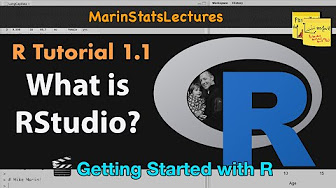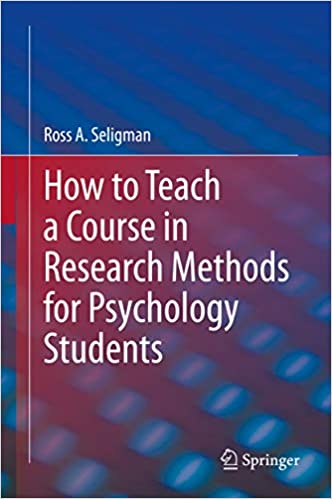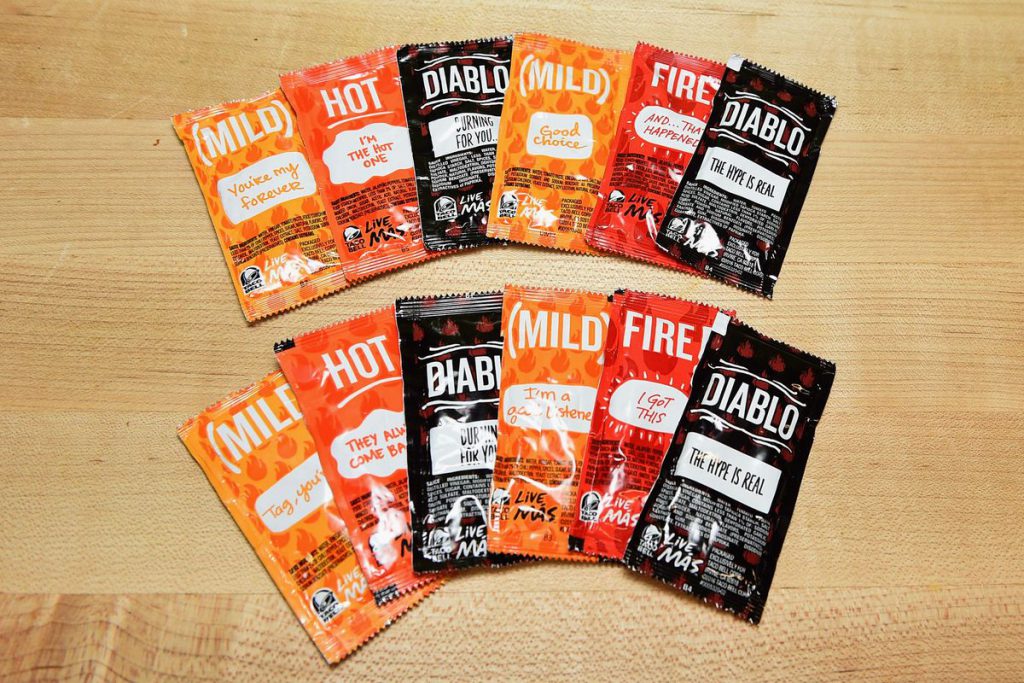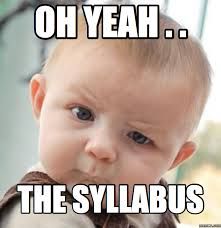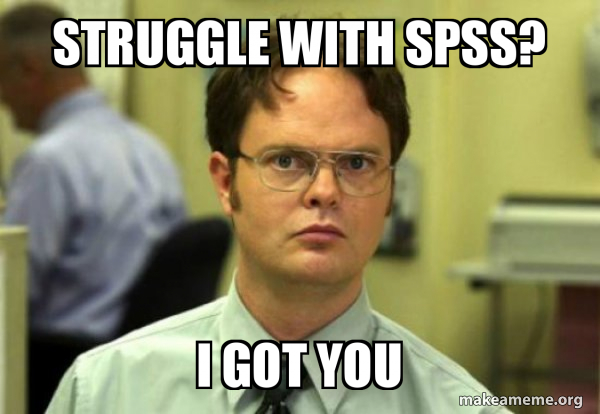Principles to Improve Instructional Videos’ Effectiveness
This is an article on The Effortful Educator from Blake Harvard (Twitter: @effortfuleduktr) that reviews “Five ways to increase the effectiveness of instructional video.” Going forward, because more of us will need to create videos for our courses, we should learn as much as we can about making those videos as effective as possible. In […]
Principles to Improve Instructional Videos’ Effectiveness Read More »






